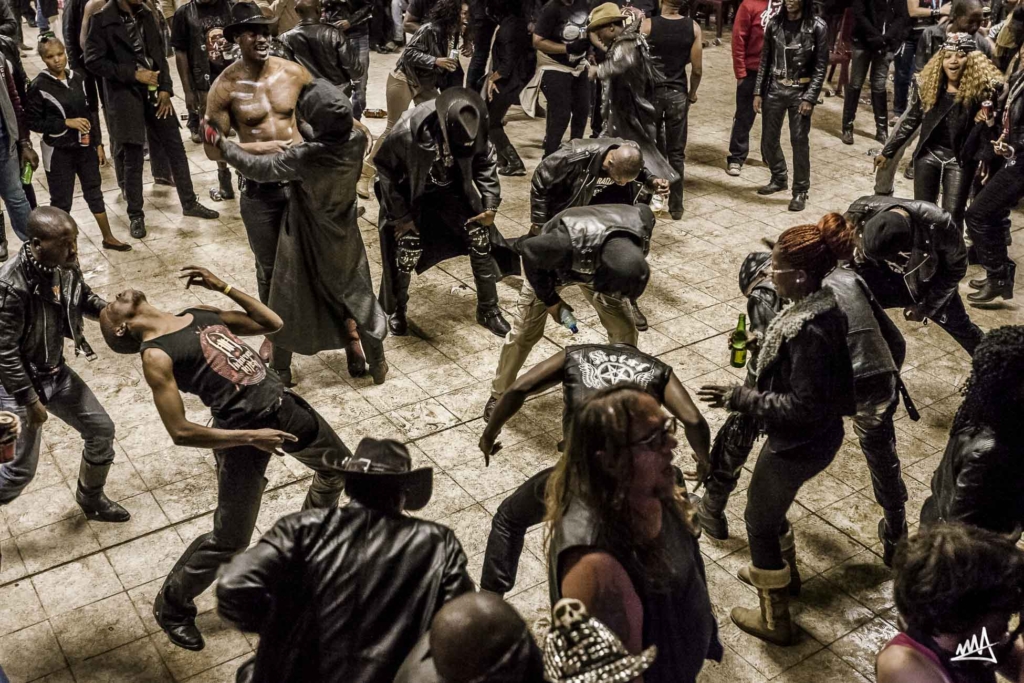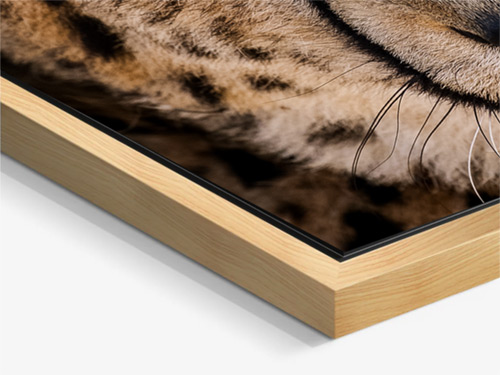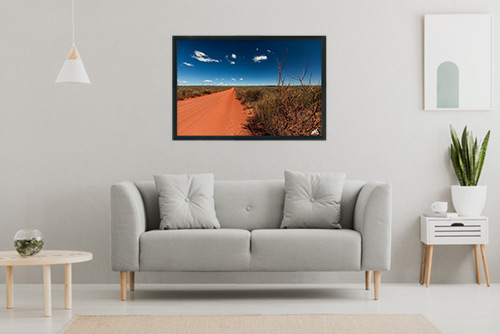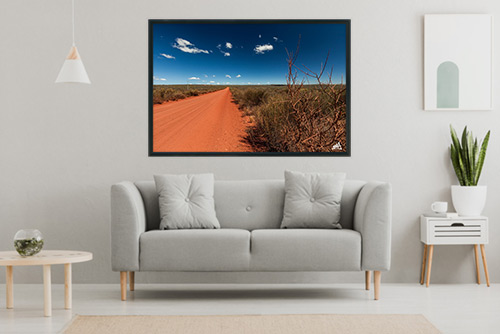With a keen interest in artillery, the Prince went through the Woolwich Military Academy, graduating in 1875. However, due to his rank, a commission in an artillery regiment was considered improper, and he instead became a staff officer. He lived a relatively mundane military life for a few years, with the occasional rumor that he was to wed Princess Beatrice. But he ultimately longed for engagement in a true military campaign, especially as the increasing popularity of the Third Republic in France undermined his spirits. As such, when the Anglo-Zulu War broke out in 1879, he was desperate to go, and it took the pleading of his mother Eugenie and her close friend (and Napoleon’s godmother) Queen Victoria to overcome the reticent British military establishment. So, the young Prince Imperial sailed to South Africa as an observer attached to the headquarters of Lieutenant-General Frederic Thesinger, 2nd Baron Chelmsford. He arrived in March, after the disaster at Isandlwana and heroic defense of Rorke’s Drift. At the time of his arrival, the British were busy planning their second (ultimately successful) invasion of Zululand.Napoleon spent this time engaging in reconnoitering patrols, where he exhibited an alarming tendency to charge off after any Zulus he spotted. A worried Chelmsford admonished the Prince and tried to constrain him to headquarters, but confused orders saw Napoleon lead another patrol into Zululand.
This patrol consisted of himself, several members of the 17th Lancers led by Lieutenant Jahel Carey, and an African guide. On the Prince’s initiative, they decided to rest at an abandoned campsite and brew coffee. Here, at about 3:15, they were attacked by a band of Zulus. One of the soldiers was shot and another stabbed, while the others quickly sought remount. The Prince, however, proved unable to get back on his saddle, was promptly trampled by his horse, and fled on foot once he recovered. He was caught by the far more athletic Zulus and stabbed to death.
All of his wounds were on the front of his body, so Napoleon apparently turned to face his pursuers and loosed two shots from his revolver before being struck down. Back in Britain, there was public outrage at his death, and Lt. Carey was considered accountable. As such, he was court-martialed and condemned to expulsion from the army for fleeing in the face of the enemy, despite his adamant defense that he was not in command. The Prince had ordered the stop (which was at a dubious position surrounded by cover) and had failed to post a lookout. Carey only avoided this ignoble fate on the intercession of the army’s commander-in-chief, the Duke of Cambridge (a friend to the Prince Imperial). The duke pointed out the folly of turning back to face a mass of Zulu warriors with only three men and added that he believed “the charge is not sustained by the evidence.
His badly decomposed body was brought back to Woolwich Arsenal, on board the British troopship HMS Orontes; and overnight he lay in state in the western octagonal guardhouse by the riverfront. The funeral procession, including Queen Victoria, went from there to Chislehurst where he was buried. On 9 January 1888, his body was transferred to a special mausoleum constructed by his mother as the Imperial crypt in England, next to his father. The Prince Imperial had appointed Prince Napoleon Victor Bonaparte his heir, thus skipping the genealogically senior heir, Victor’s father, Prince Napoleon.
You can find the publication of this article here.











